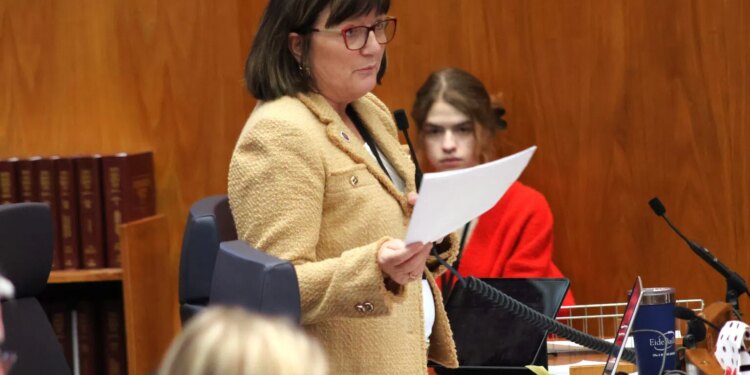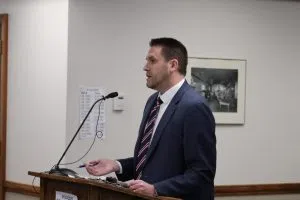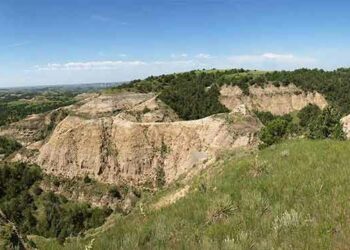North Dakota Legislators Reaffirm Support for Carbon Capture Expansion
BISMARCK (North Dakota Monitor) – On Friday, members of the North Dakota House expressed their strong backing for pipeline projects and energy initiatives by rejecting six proposed bills aimed at taxing or regulating the burgeoning carbon capture sector. Referring to these legislative efforts, Rep. Jeremy Olson from Arnegard remarked succinctly that “North Dakota doesn’t require a CO2 penalty.”
Emphasizing the Benefits of Carbon Capture
Supporters of carbon dioxide pipelines highlighted their crucial role in enhancing oil recovery efforts in North Dakota’s oil fields. Through enhanced oil recovery techniques, CO2 is injected into wells to extract additional crude oil efficiently.
However, they acknowledged the inherent risks associated with transporting carbon dioxide. Rep. Dennis Nehring of Williston articulated concerns regarding safety issues: “Accidents can occur frequently.” His background in the oil and gas sector adds weight to his cautionary perspective.
While specifics regarding Summit Carbon Solutions were often alluded to rather than explicitly mentioned during debates, it was clear that discussions revolved around this company’s ambitious project—an extensive five-state pipeline network designed to capture carbon emissions from ethanol facilities and securely store them underground in western North Dakota.
Addressing Legislative Proposals
Even though enhanced oil recovery methodologies are not yet broadly adopted across North Dakota, legislators underscored the importance of supporting such technologies for future growth within various industries including coal and ethanol production.
Rep. SuAnn Olson from Baldwin backed four of the proposed legislative measures but argued primarily for pipelines intended strictly for storage purposes instead of those with industrial applications. In contrast, opponents countered that ethanol plants and coal operations must integrate carbon capture technology not only to reduce emissions but also ensure financial stability.
According to an analysis conducted by the state tax commissioner, should companies embrace enhanced oil recovery techniques more widely in North Dakota’s Bakken region, there could be an anticipated increase between $2.9 billion and $9 billion in tax revenues over a decade—a significant incentive considering local economic reliance on fossil fuel extraction.
“The petroleum industry truly is our state’s invaluable asset,” noted Rep. Craig Headland from Montpelier as he advocated for readiness amidst fluctuating market pressures affecting Bakken operations.
Key Bills Outline Failed Regulatory Efforts
Several legislative items sought restrictions on how developers could exercise eminent domain—the legal right used to acquire land rights needed for building pipelines—by aiming at stripping away common carrier status specifically designated for these carbon transport systems navigating through private lands:
The following proposals were dismissed:
- House Bill 1292: Proposed eliminating common carrier designation for carbon pipelines.
- House Bill 1414: Suggested revoking eminent domain authority while removing common carrier classification.
- House Bill 1295: Aimed at rescinding tax breaks afforded to such pipelines.
- House Bill 1573: Introduced fees related directly on CO2 transport intended as funding towards disaster relief initiatives.
- House Bill 1210: Called for accountability measures where companies would bear liability costs if leaks emerged within a designated area around pipeline routes.
- House Bill 1574: Would have instituted a two-year halt on any direct air capture endeavors relating specifically to combating climate change effects using captured CO2 emissions across state borders.
In related developments earlier this week, House Concurrent Resolution 3016 received support from the Energy and Natural Resources Committee endorsing improved utilization practices focusing on advanced techniques pertinent to enhancing petroleum retrieval—a full house vote will follow suit shortly thereafter advocating government resources alignment towards promoting innovative methods encompassing both state-level policy development alongside federal assistance pertaining broader deployment aspects surrounding effective climate action solutions via captured emissions technology advancements.







